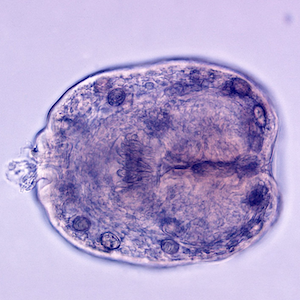Collection and analysis of post mortem inspection outcomes (liver lesions) from different cattle slaughtering plants located in Northern and Southern Italy

Submitted: 12 August 2021
Accepted: 10 January 2022
Published: 1 March 2022
Accepted: 10 January 2022
Abstract Views: 568
PDF: 268
HTML: 16
HTML: 16
Publisher's note
All claims expressed in this article are solely those of the authors and do not necessarily represent those of their affiliated organizations, or those of the publisher, the editors and the reviewers. Any product that may be evaluated in this article or claim that may be made by its manufacturer is not guaranteed or endorsed by the publisher.
All claims expressed in this article are solely those of the authors and do not necessarily represent those of their affiliated organizations, or those of the publisher, the editors and the reviewers. Any product that may be evaluated in this article or claim that may be made by its manufacturer is not guaranteed or endorsed by the publisher.

 https://doi.org/10.4081/ijfs.2022.10035
https://doi.org/10.4081/ijfs.2022.10035



